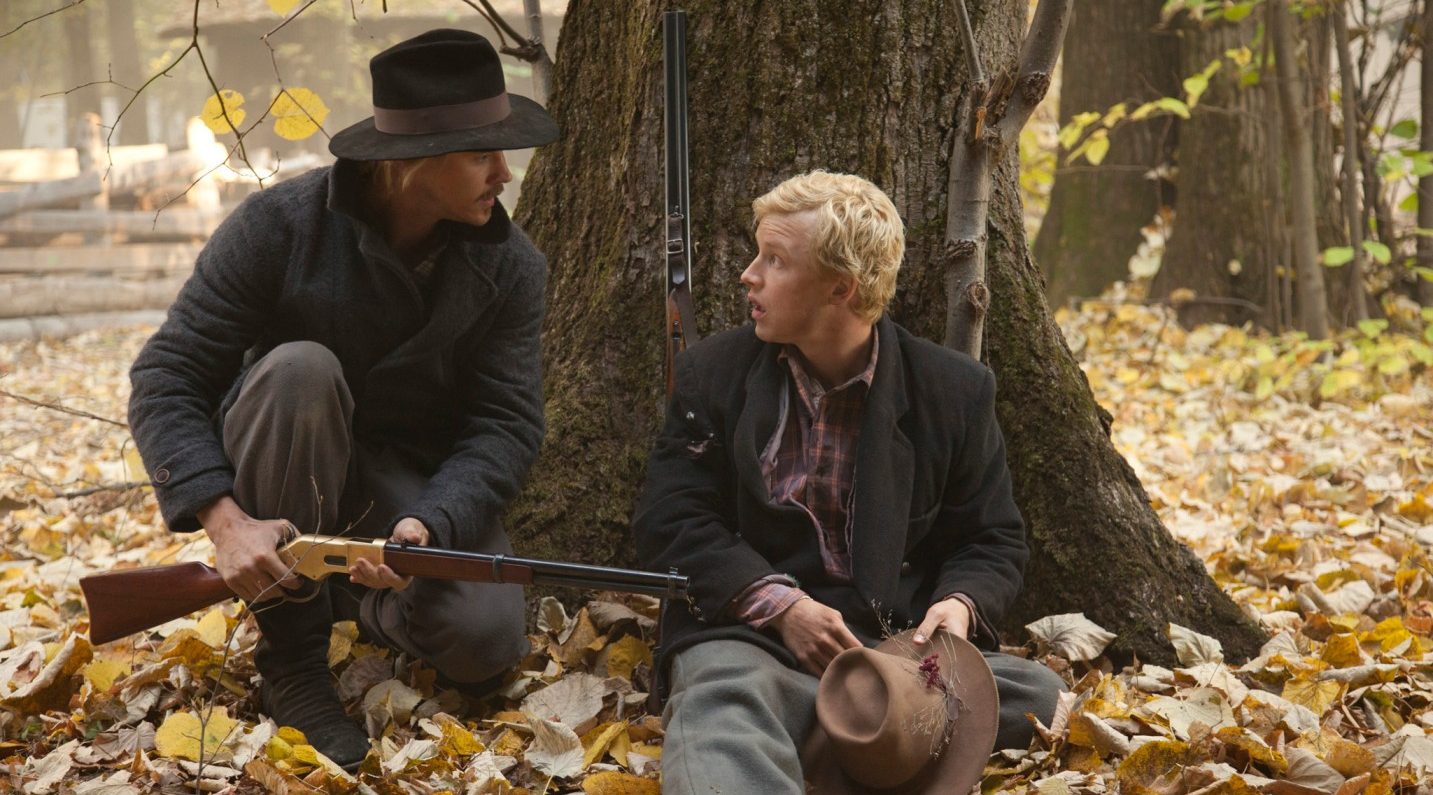‘Hatfields & McCoys’ is a History channel original TV miniseries that revolves around the well-known feud between the Hatfield and McCoy families of the Appalachian mountains. It follows the conflict between William Anderson “Devil Anse” Hatfield (Kevin Costner) and Randolph “Randall” McCoy (Bill Paxton) and their families in an entertaining yet layered fashion.
The 2012 western drama film went on to receive several accolades, including multiple Emmys and a Golden Globe. The miniseries’ historical setting and ties to the official History Channel will inevitably make viewers wonder about the origin and history behind this story. So, here’s everything you need to know about ‘Hatfields & McCoys’ and its relationship to reality.
The Hatfields & McCoys: Based on 19th Century Family Feud
Yes, ‘Hatfields & McCoys’ is based on a true story. The show directly involves the real-life Hatfields & McCoys conflict that started in the late 19th century along the Kentucky and West Virginia border. The feud between the Hatfields and McCoys has been in the public eye officially since as early as the 1880s. During the height of the rivalry between the two families, it necessitated the involvement of several judicial offices, including the Supreme Court. Now, a good handful of decades later, the Hatfields and McCoys feud has become a sort of American folk legend.

Executive producer Leslie Greif had wanted to tell this story for over three decades before it finally came to fruition in 2012. Grief didn’t perceive the rivalry between these two families through a lens of right or wrong. Instead, he prefers to think of it as two individual patriarchs leading their respective families. Similarly, Kevin Costner, who stars in this miniseries alongside producing it, had always wanted to do this story. In an interview, Costner even confessed that he would have worked on this story regardless of the format.
Additionally, Costner also collaborated with an accent coach to work on his southern twang. Likewise, screenwriters Ted Mann and Ronald Parker also crafted the story’s plotlines and settings with an air of authenticity attached. This avid enthusiasm and dedication toward the historical event from people present behind the cameras is the reason behind the show’s realistic and authentic portrayal of its characters and plotlines.
However, like most historical adaptations, ‘Hatfields & McCoys’ also prioritizes its cinematic narrative over historical accuracy at times. While talking about the show’s historical precision, it is important to remember that the events that inspired this story happened a long time ago. Sources and chronicles from the time of the actual feud, though present, are still few and far between. In order to build a cohesive and satisfactory narrative, creators are bound to indulge in some creative liberties. Still, some of the historic criticism this miniseries received is worth noting.
Altina L. Waller, a historian who spent 10 years studying the Hatfields and McCoys conflict, has not shied away from expressing her disapproval for some of the choices made by the History Channel’s miniseries. Waller is the author of ‘Feud: Hatfields, McCoys, and Social Change in Appalachia, 1860-1900,’ a book wherein she explores the Appalachian families’ conflict. Waller also did an interview for a documentary that goes along with the 2012 ‘Hatfields & McCoys’ DVD. Her credibility on the topic is impossible to ignore. Therefore, so are her criticisms.
According to Waller, the show’s portrayal of the rivalry between the Hatfields and the McCoys isn’t completely accurate when compared to what we know about the families and the time period. The show focuses on the Civil War as one of the major driving forces behind this feud, alongside a strong sense of familial kinship. Waller argues other unexplored factors like social conflicts and economic markets also played a significant role.
In Waller’s words, “The context that most helps to explain the feud is not the old rivalries of the Civil War but the agricultural crisis and rapid economic exploitation of the region occurring at exactly the same time as the events of the feud.” Other aspects, like the Shakespearean forbidden romance between Johnse Hatfield and Roseanna McCoy and the character of Perry Cline and his inadequate involvement in the plot, are also some of the issues Waller has with the series.
Another small but culturally oversaturated detail about the miniseries is its decision to film in Romania instead of Appalachian locations. At the end of the day, the show is a cinematic spectacle, and as a result, employs some leniency with historical facts where it deems necessary. Some of the inaccuracies are unavoidable due to the folklore-fabled nature of the families and their feuds. At the same time, some of the historical negligence is purely for the sake of the narrative. Ultimately, ‘The Hatfields & McCoys’ tells a true story that is based in reality, even if it may stumble in some places at times.
Read More: Best Kevin Costner Movies of All Time


You must be logged in to post a comment.